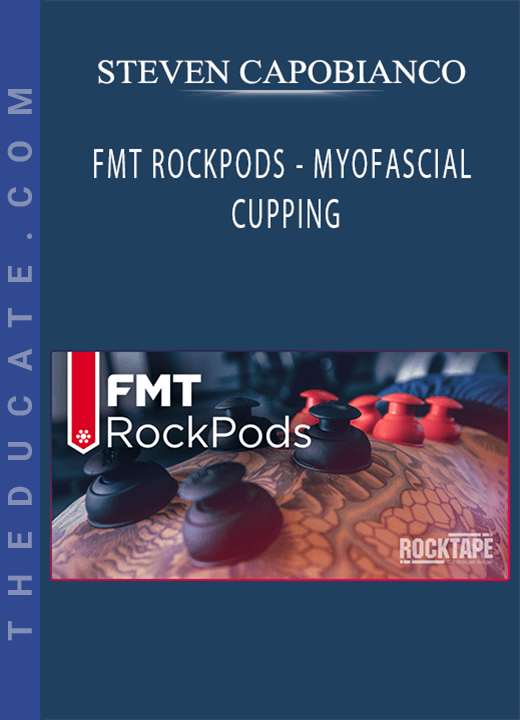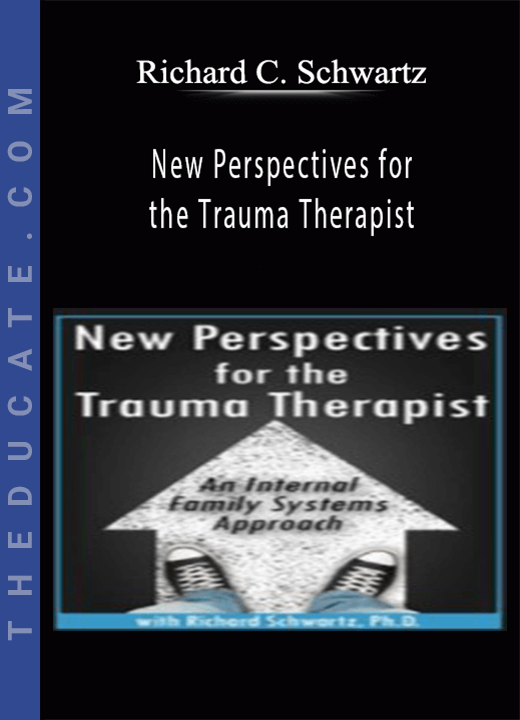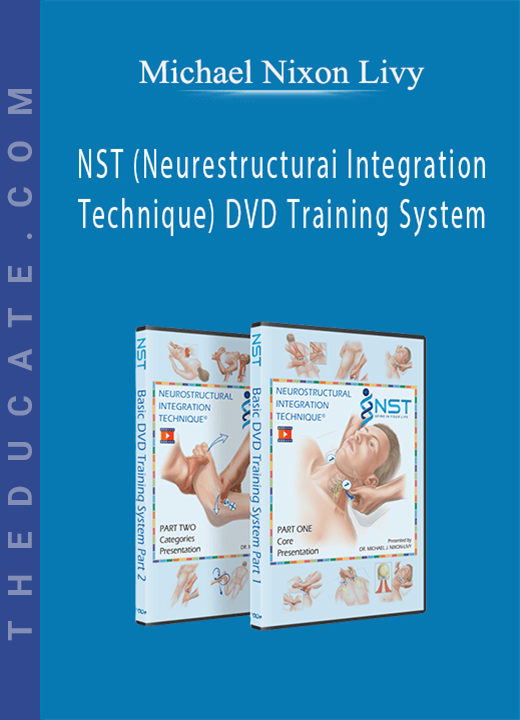Description
STEVEN CAPOBIANCO – FMT ROCKPODS – MYOFASCIAL CUPPING
UNTIL NOW, CHOICES WERE LIMITED IF YOU WANTED TO LEARN HOW TO TREAT WITH MEDICAL CUPS.
YOU HAD TO READ A BOOK OR ATTEND AN EXPENSIVE CLASS THAT LOCKED YOU INTO TREATING PATIENTS WITH SPECIFIC, COMPLEX PROTOCOLS.
NOT ANYMORE.
FMT RockPods introduces the concept of skin/fascial decompression to help improve tissue mobility, enhance movement and modulate discomfort* with the use of myofascial cups. This course will cover the anatomical, physiological and neurological effects of myofascial cupping on connective tissue gliding, tissue traction and tissue decompression. FMT RockPods will introduce and discuss skin and fascial decompression concepts and present evaluation techniques for the dermal and fascial systems. Additionally, the course explores using cupping techniques for rehabilitation and performance applications such as postural cueing, biomechanical pattern assists and to enhance visualization of movement.
Interventions using myofascial cupping will be reviewed and informed by current research, the interventions will be integrated into current rehabilitation and performance applications. Myofascial Cupping is an ancient therapy, first documented over 5,000 years ago, clearly Olympic and professional athletes have gotten the message that what’s old is still new! Though cups and techniques have changed over time, today’s cups still create a suction and vacuum that allows for a decompression effect to take place under the skin.
Functional Movement Training (FMT) courses are taught by industry leading experts in movement assessment, performance and rehabilitation. CEUs may be offered for DC, ATC, PT, LMTs, LAc, OTs and personal trainers. If your profession & state is unavailable, we do not currently offer CEUs – however, we are continually adding additional licenses.
At the conclusion of the course, attendees will be able to:
- Define, understand and integrate the myofascial sequencing model
- Discover and explore neuroanatomy of the dermal and fascial subsystems
- Recognize and demonstrate a novel skin/fascial/movement screening process
- Describe and interpret research as it relates to connective tissue gliding, pain modulation, and movement therapies
- Define, practice, and combine myofascial cupping techniques related to a variety of soft tissue pathologies
- Practice cupping techniques for tension/decompression effects, directional influence of dermal and fascial subsystems, external cueing of movement and graded levels of pressure
- Compare, contrast and perform various methods of performance andrehabilitative treatment techniques with silicone myofascial cups
Hour One
Welcome & introduction of instructor and course participants
Overview of outline of the course; introduction of topics that will be covered as well as description of practical lab experience and presentation of case studies.
Review framework of the RockTape Movement Pyramid
What is FMT? Functional Movement Training
Cupping Therapy History (Ch 1)
Historical review of cupping in body work
Suction and Vacuum Mechanism
Varieties of cup materials
Review of types of cupping techniques
Cupping Therapy Mechanisms (Ch 2)
Neural, Chemical and Mechanical responses to cupping
Understand neuroanatomy, skin and fascial systems and how they relate to the course
Discuss use of ultrasound to demonstrate objective changes beneath the skin during cupping procedures
Neural responses to cupping
Chemical responses to cupping
Review current literature related to myofascial cupping techniques (Ch 3)
Systematic Reviews
Cupping for Pain
Cupping for chronic vs acute conditions
Cupping’s Thermogenic Effects
Hour Two
Characteristics of cups (Ch 4)
Sizes, Cleaning technique, Graded Exposure system
Variety in plunge methodology, pre plunge, plunge onto skin, inverted plunge
Review of Treatment Considerations (Ch 5)
Indications and contraindications
Three levels of vacuum, pre-plunge, plunge to skin, inverted plunge
Types of glide: internal and external
Variations in patient/client positions
Mobilization levels
Cupping Treatment Strategies (Ch 6)
Introducing skin/fascial/movement screening process
Introduce and practice use of cupping as it relates to direction and pressure
Types of Treatments
Hour Three
Flash Cupping (Ch 7)
External Glide – multiple vectors
Internal Glide – movement with cupping
Learn, practice and perform specific applications of cupping
Instructor Feedback
Dry Cupping plus Functional Movement (Ch 8)
Treatment considerations
Trunk cupping locations
Upper Extremity cupping locations
Lower Extremity cupping locations
Bio-Psych-Social considerations for treatment
Learn, practice and perform specific applications of cupping
Instructor Feedback
Hour Four
Sensori-Motor Retraining with Cups (Ch 9)
Introducing external cueing concept in respect the use of cupping for movement disorders (posture, sensori-motor retraining)
Internal glide techniques
Stages of learning, stages of movement dysfunction
Introduce and practice use of cupping as it relates to movement dysfunction
Types of Cueing:
Mechanical
Visual & Tactile
Hour Five
Assisted/Resisted Cupping (Ch 10)
Learn, practice and perform specific applications of cupping with movement and integrate use of elastic resistance band
External Cueing for Movement Dysfunction
Isolated Movements – Flexion, Extension, Rotation, Ab/Adduction, Deviation
Functional Movements – Sagittal, Frontal, Transverse Plane Patterns
Movement Examples: Stretching, Mobility and Corrective Exercise patterns with elastic resistance band
Treatment considerations for cupping with movement, all movement is a screen/treatment opportunity, work and sport-related movement examples
Instructor Feedback
Hour Six
Upper Extremity Entrapments (Ch 11)
Condition Specific Applications
Tibial nerve, Sciatic nerve, Femoral nerve, Lateral Femoral Cutaneous Nerve
ACNES Case Study
Learn, practice and perform specific applications of cupping for nerve entrapments
Treatment considerations for neural entrapment cupping: external glide, internal glide, meaningful movement
Instructor Feedback
Scar Manipulation Cupping (Ch 12)
Introduction of screening and treatment concepts for specific conditions with cupping for scars
Case studies directional scar cupping – Trunk







7 reviews for STEVEN CAPOBIANCO – FMT ROCKPODS – MYOFASCIAL CUPPING
There are no reviews yet.